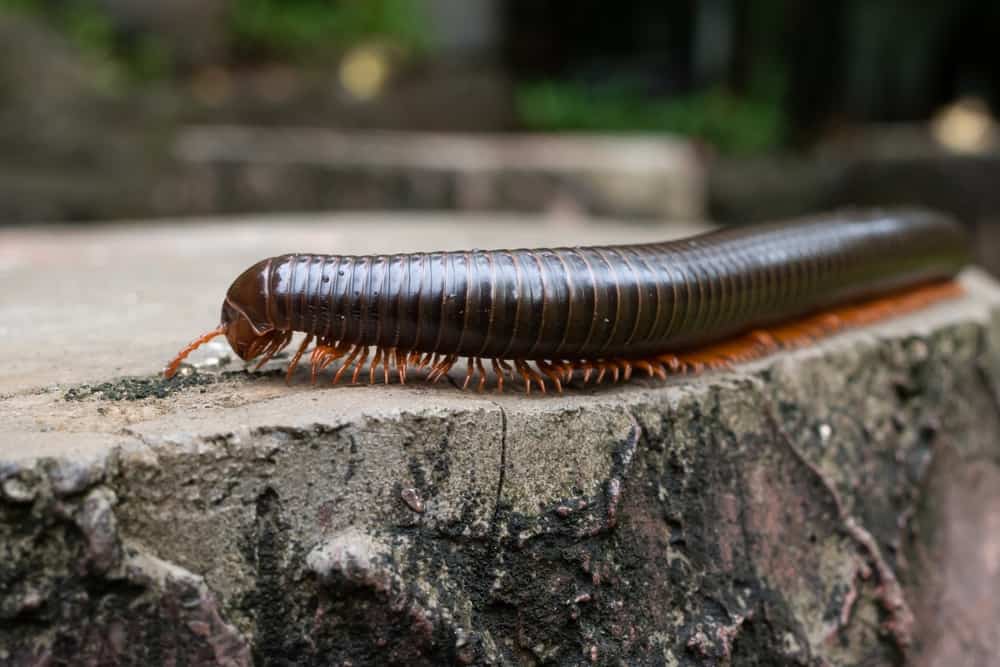Kansas is a state that most people associate with farms, The Wizard of Oz, and the Kansas portion of Kansas City. For the most part, it’s a deep red state where you can know what to expect as soon as you get there.
The only time that this isn’t true is in the world of pest control. Kansas has a lot of small creepy creatures that might take you by surprise as a homeowner or renter. Here’s what you need to know about the most common insects and the prevention you should be doing.
What are the most common insect pests in Kansas?
The most common pests you’ll run into depend on your location. City areas are more likely to have “population-based” pests, while rural areas will be more likely to have wildlife-based pests. Here’s the scoop…
1. Ants
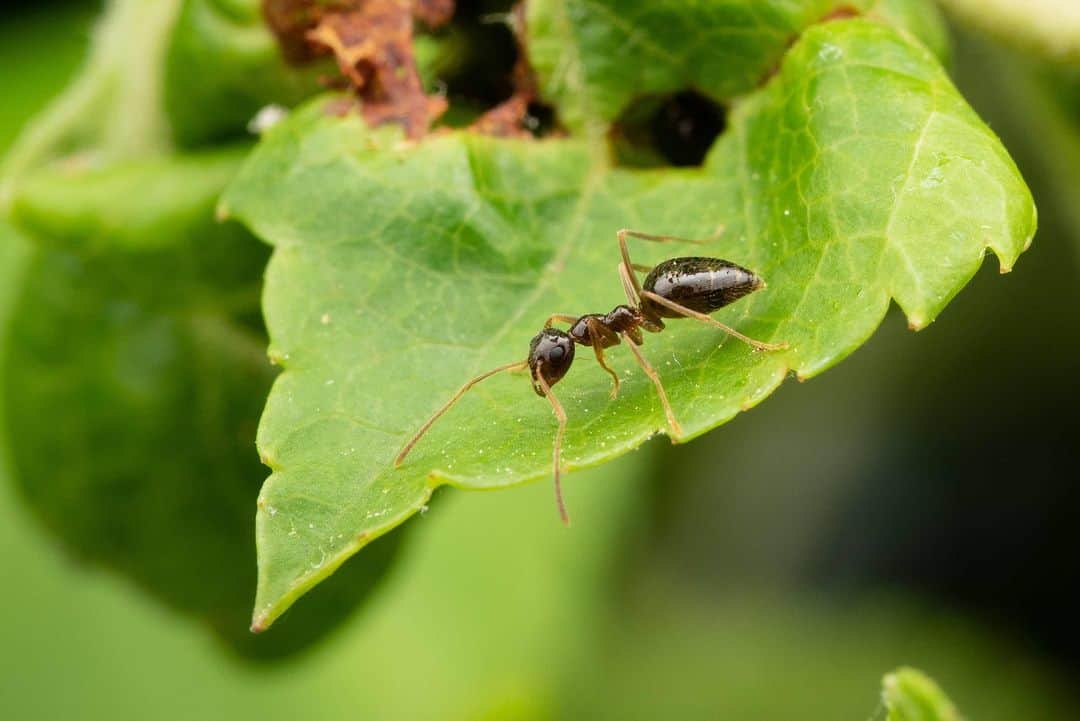
Image Credit: buckeyemyrmecology
Ants are a pest to gardeners and farmers. It’s not surprising, then, that they tend to be the most common pests you’ll find in rural homes. They love to eat vegetation like rotting leaves, berries, and even bits of moldy logs.
Most ants will wander in your home from outside if they smell food and have an entryway. If you have an infestation of ants, it’s typically because food is readily available. Removing food from countertops, keeping plants away from ants, and using natural pesticides can help.
In the case of carpenter ants, the way that you prevent them involves painting and treating wood in your home. They won’t eat painted wood.
PRO TIP – You can prevent termites and carpenter ants the same way. If you have a fire ant infestation or a similar issue with ants, you may want to use essential oil deterrents like tea trees or peppermint plants to get them away from your home.
2. Termites

Image Credit: agrimart_yoshikawa
Termites and carpenter ants are dangerous for the same reason: they burrow in wood and weaken the structure of the wood until it breaks. This can turn dangerous when that wood is part of a deck or a structural beam.
Unlike carpenter ants, which tend to chew through wood to bore holes, termites actually eat the wood. They also tend to be subterranean, so they’ll eat your home from the ground up. Detection and prevention are vital here.
Having a concrete bottom and encasement to your basement or bottom floor is a must. Like with carpenter ants, treating your wood and sealing it goes a long way too. These bugs won’t eat wood that has a barrier near them.
PRO TIP – If you notice small holes in your wood that weren’t there before, call a pest management company and contractor immediately. You need to be able to replace the infested wood as part of your treatment.
3. Spiders
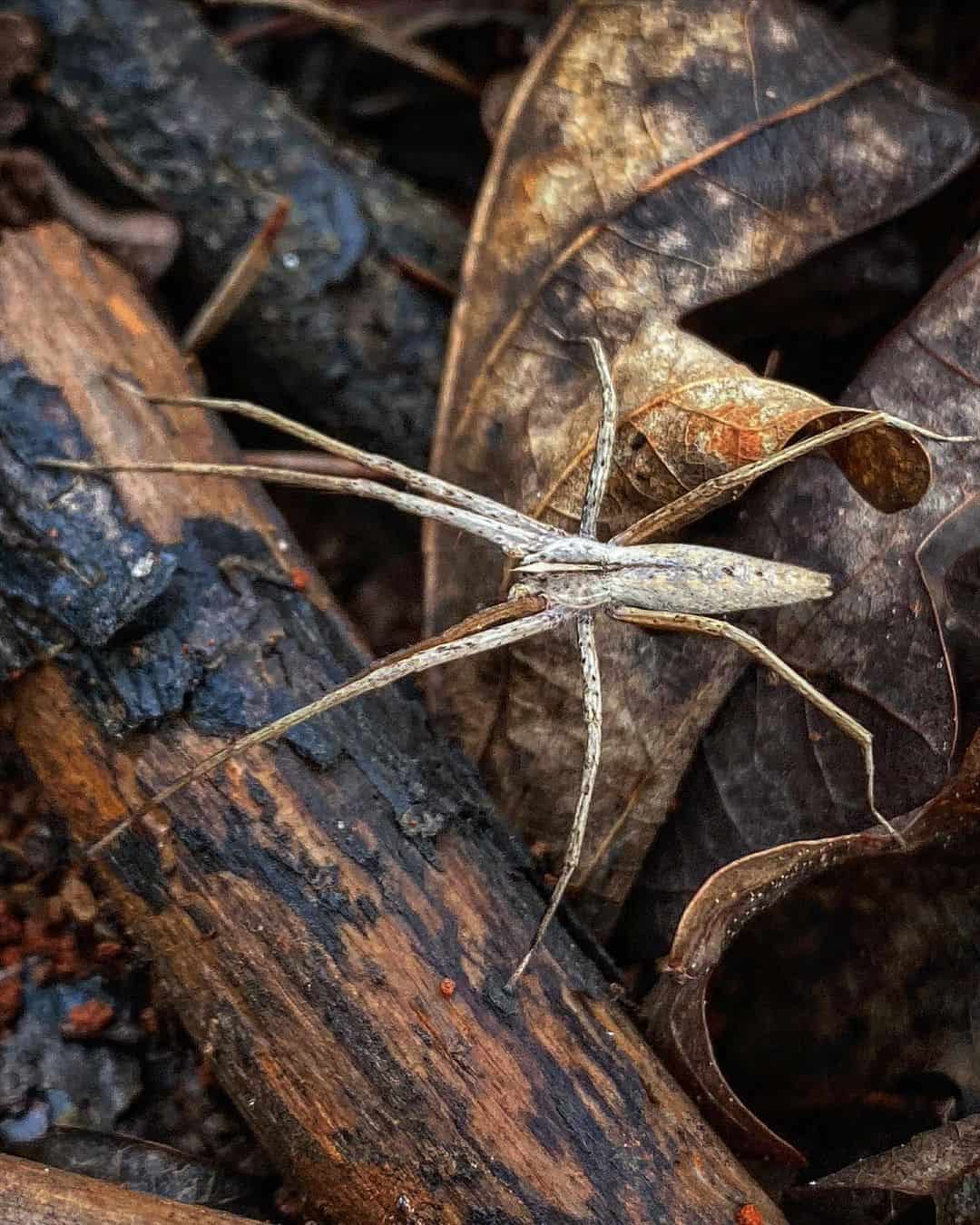
Image Credit: audioipse
Spiders in other parts of the country are almost entirely non-venomous. However, rural and southern Kansas tends to have a bit of a venomous spider problem. Black widow and brown recluse spiders tend to be somewhat common here.
Most spiders will actually help you eliminate other bug infestations by eating them as prey. However, venomous spiders can infest your home and pose a serious threat to yourself and your pets. Call pest control if you notice an infestation here.
Preventing spiders can be a threefold plan. First, you should aim to get rid of any other pests living in your home. That cuts off their food supply. Next, you may want to plant plants they hate around your house. Peppermint, lemongrass, and thyme are all good for this.
Finally, you should consider doing heavy cleaning of your ceilings, corners, and crawlspace. They won’t weave webs in areas where they are disturbed on a regular basis.
PRO TIP – Indoor spiders have a higher chance of being venomous. Larger spiders, like orb weavers, are unlikely to bite.
4. Bed Bugs
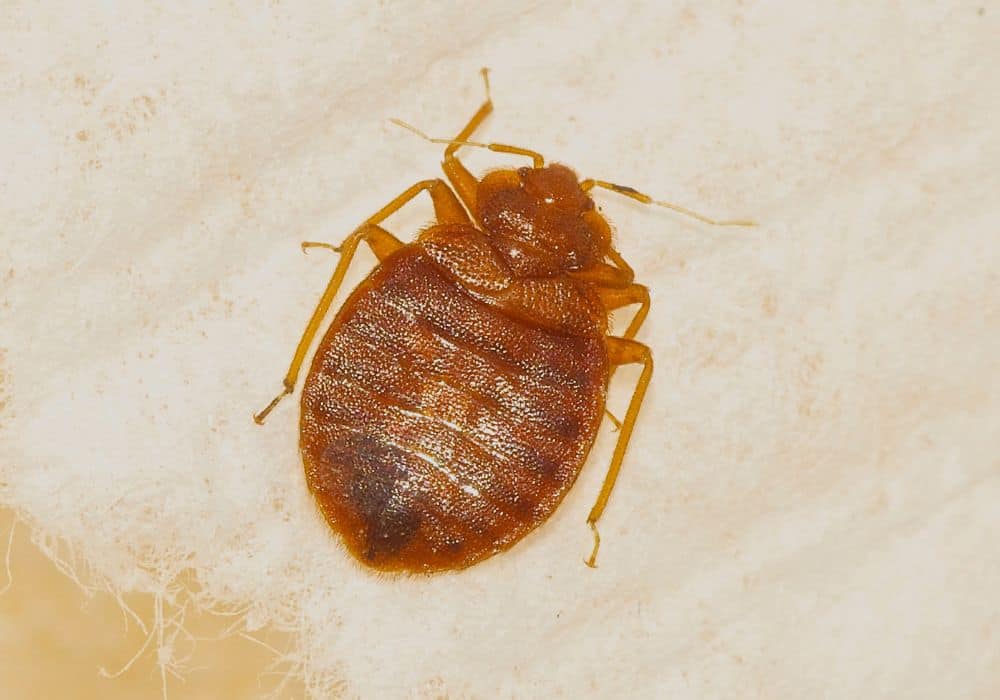
In most parts of rural Kansas, it’s fairly rare to see bed bugs because they tend to congregate in cities and suburbs. This isn’t just because they drink human blood as their main form of nutrition. It’s also because they get around by hitchhiking on luggage and bags.
A good rule of thumb is that the risk of bed bugs rises with the higher level of traffic that an area has. Hotels are a hotspot for bed bugs, as are airlines. Checking your luggage is the easiest way to prevent a bed bug from making a home out of your home.
The most important thing to know is that you need to avoid areas that show signs of bed bug infestations. If you see orange-red stains on mattresses or sheets, that’s usually bed bug excrement. You may also see brown casings and eggs laid by an adult bed bug.
If you actually see these reddish-brown bugs in a home, you are going to need to sanitize your clothes and triple-check everything before you go home. Checking the creases of mattresses, the cracks of used furniture, and the areas you sleep in can help nip things in the bud.
PRO TIP – This is not your typical nuisance pest. If you have an infestation, get professional bed bug treatment. They are notoriously difficult to get rid of and lay eggs at a breakneck pace.
5. Cockroaches
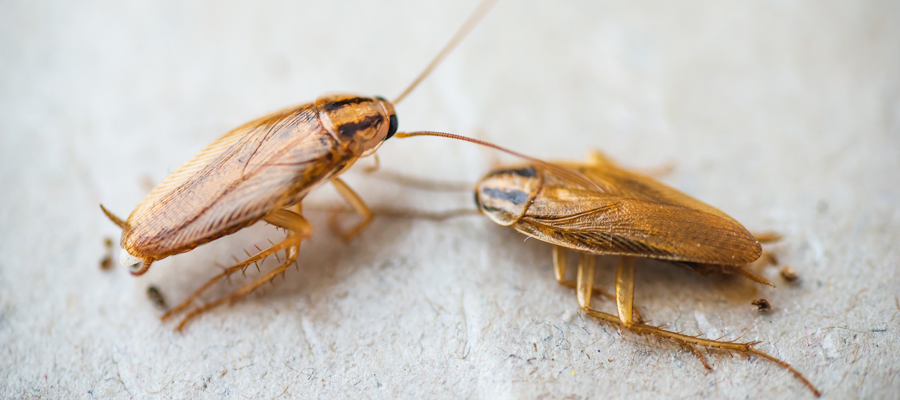
Image Credit: isotechpest
Roaches are famously common in Kansas City (both Missouri and Kansas locations). In Kansas, you’re most likely to have a German cockroach or an Oriental cockroach infestation, though American roaches have also been reported.
Much like bed bugs, roaches are one of those pests that you shouldn’t take lightly. This is one of those infestations that can lead to serious diseases, allergy reactions, tainted food, and public embarrassment. Oh, and German roaches rival bed bugs in terms of extermination.
Cockroach prevention involves curbing food sources in your home by covering drains at night, keeping food in locked containers, and throwing out the trash on a daily basis.
6. Wasps And Hornets
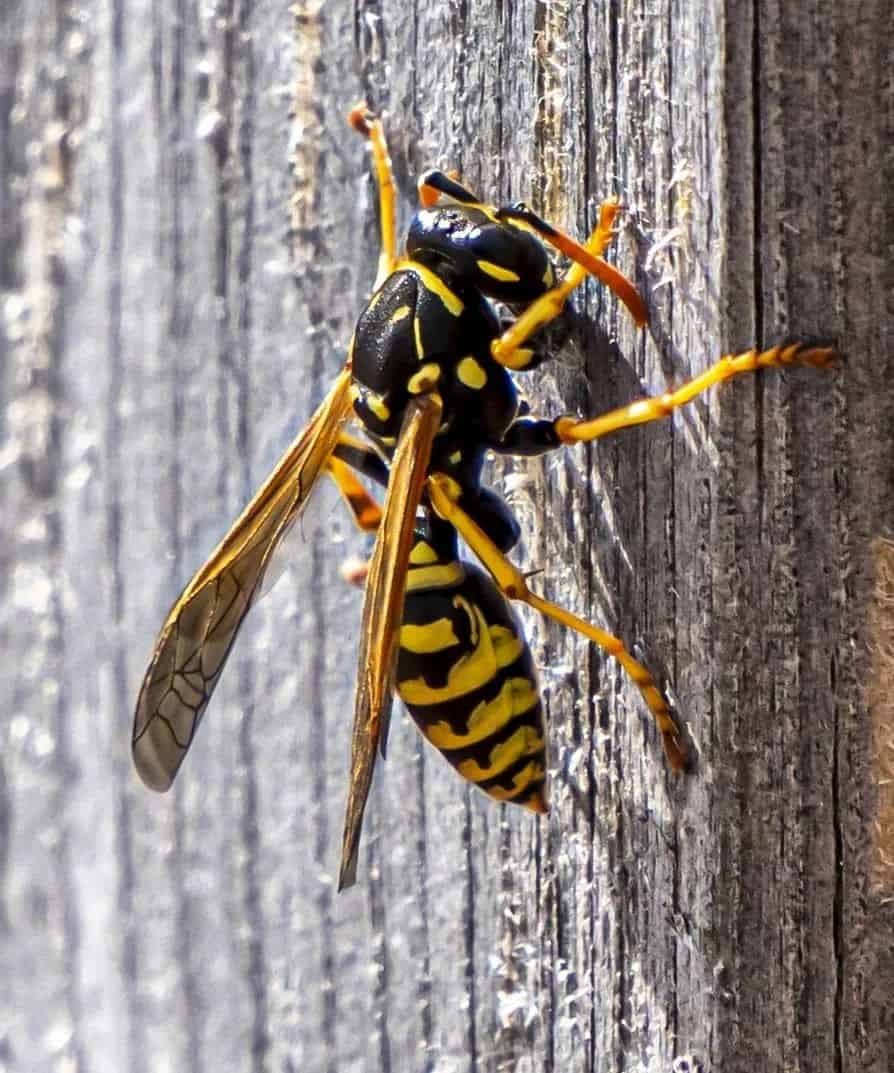
Image Credit: Wasps And Hornets
Most homeowners love to see bees near their homes, but wasps and hornets aren’t as nice. These yellow and black (or dark brown) insects can be seriously painful. Their stings can also trigger lethal anaphylaxis in unlucky victims.
Wasps and hornets both have the same interest in human homes: the cracks and crevices they can use to build a nest. Once they nest, you’ll have an infestation and you may have to make a serious effort to fix your home.
Sealing up those cracks, keeping attics out of bounds, and removing wasp nests near your home can all help. Some companies also make fairly reliable wasp repellent. It’s worth a shot if you see a nest near your house.
7. Mosquitoes
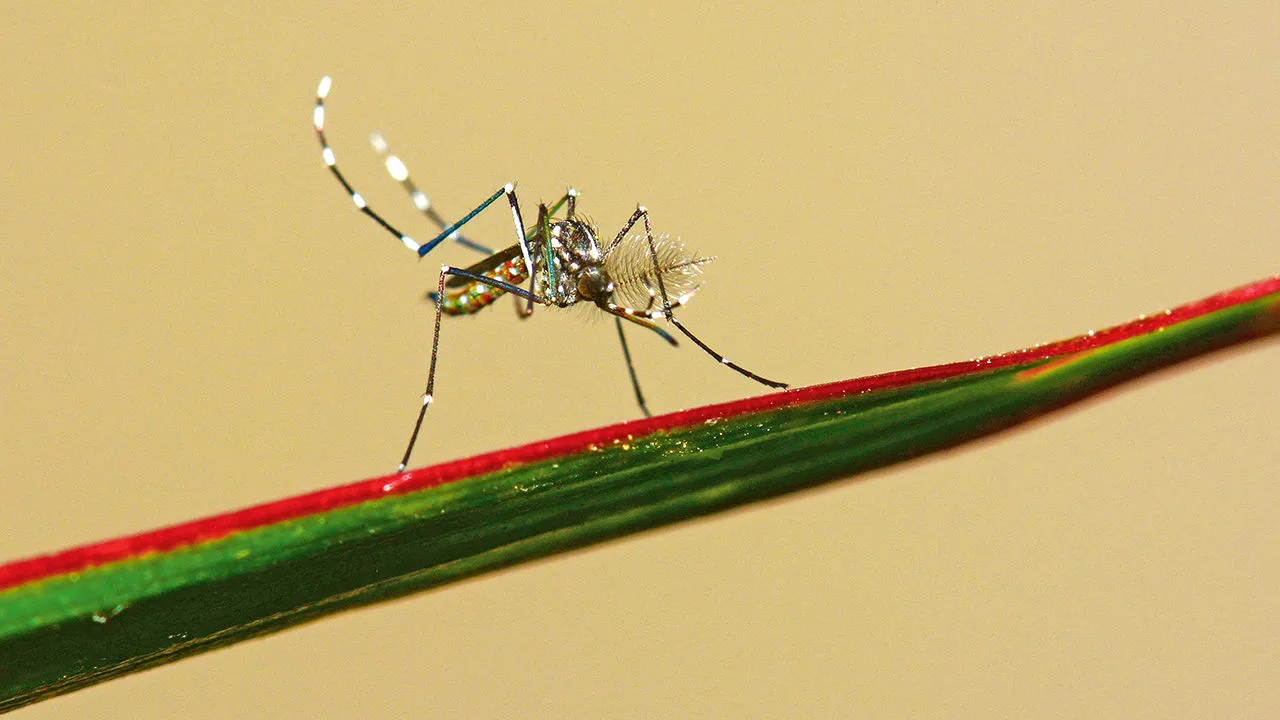
Image Credit: economist
Everyone knows the telltale swelling and itch of a mosquito bite. Most of us are also aware that mosquitoes can carry viruses, parasites, and bacteria that can be harmful to pet health and human health alike. (For example, Zika is a potential problem for pregnant women.)
Since this pest is a widespread nuisance, you are also probably aware that bug spray, mosquito prevention for pets, and citronella candles can keep you from getting bitten. You also probably know that removing standing water can keep them from laying eggs near you.
What you may not know is that mosquitoes hate peppermint. Planting some can keep them away from your home. If that doesn’t work, you may want to consider using professional-grade sprays around the perimeter of your home.
8. Centipedes

Image Credit: economist
Let’s just be honest. No one likes to see a centipede running around their home, even though their natural pest control services can curb other pests from infesting your home. (Seriously, they eat tons of things from ants to beetles. They’re cool like that.)
Centipedes have two main priorities. They want to hunt food, and they want to have access to moisture. This is why you need to keep the rest of your home pest-free if you want centipedes to go away and stay away.
In terms of reducing moisture, you need to get dehumidifiers in the rooms that tend to stay the most damp. This is usually enough to make your home inhospitable to centipedes.
PRO TIP – If you have centipedes that won’t go away, you need to check your home for other infestations. They are clearly feeding on something. You have to figure out if you have a hidden infestation on your hands before you try to get rid of the pedes.
In conclusion…
Kansas is a great place to live, especially if you’re looking for some country mixed in with Southern flair. Homes here are affordable, but you don’t want to waste money on pest control services if you can avoid it.
Preventing pests from finding your home attractive is the number one way to avoid an infestation. Thankfully, careful housecleaning and a keen eye for problems can help reduce the risk of bugs ruining your day.
